
The Valoria 1 crew is fighting to survive the night — Commander's report: sol 8
Crewmembers sacrifice everything they can to save their simulated Martian mission at HI-SEAS

Dr. Michaela Musilova is the director of Hawaii Space Exploration Analog and Simulation (HI-SEAS) program, which conducts analog missions to the moon and Mars for scientific research at a habitat on the volcano Mauna Loa. Currently, she is in command of the two-week Valoria 1 mission and contributed this report to Space.com's Expert Voices: Op-Ed & Insights.
Commander's report for the Valoria 1 Mars mission at HI-SEAS
Sol 8 (Jan. 25, 2021)
Bang. Smash. Flap. Over and over again. Those were the noises that woke the whole crew up in the middle of last night. The storm that was howling outside our analog Martian habitat suddenly reached new levels. When the hurricane-like winds started hitting our small dome, everything that could flap and rattle started flapping and rattling. At 3 a.m., I found myself standing outside our six tiny bedroom doors, ready to evacuate the crew into our storm shelter.
The storm shelter is a container that's attached to the HI-SEAS habitat. We normally refer to it as the engineering bay, as that's where we perform most of our engineering work and maintenance. We also keep our analog spacesuits and get dressed there for our Marswalks. During an emergency, it can serve as a shelter for the crew, as it can withstand extreme storms. It also contains a stock of food and other materials necessary for extreme scenarios.
With the whole habitat shaking around me, I started assessing every part of the structure to make sure that everything was OK and that the crew was safe. This is not the first time that I had experienced such a storm while on mission. I knew that the habitat could handle it, but I wanted to be sure. Fortunately, there was no damage sustained anywhere in the habitat, so I went back to sleep. However, the loud noises continued throughout the night, and I anticipated that the whole crew would be sleep-deprived in the morning.
Related: New crew arrives in Hawaii for mock Mars mission — Commander's report: sol 2
Get the Space.com Newsletter
Breaking space news, the latest updates on rocket launches, skywatching events and more!
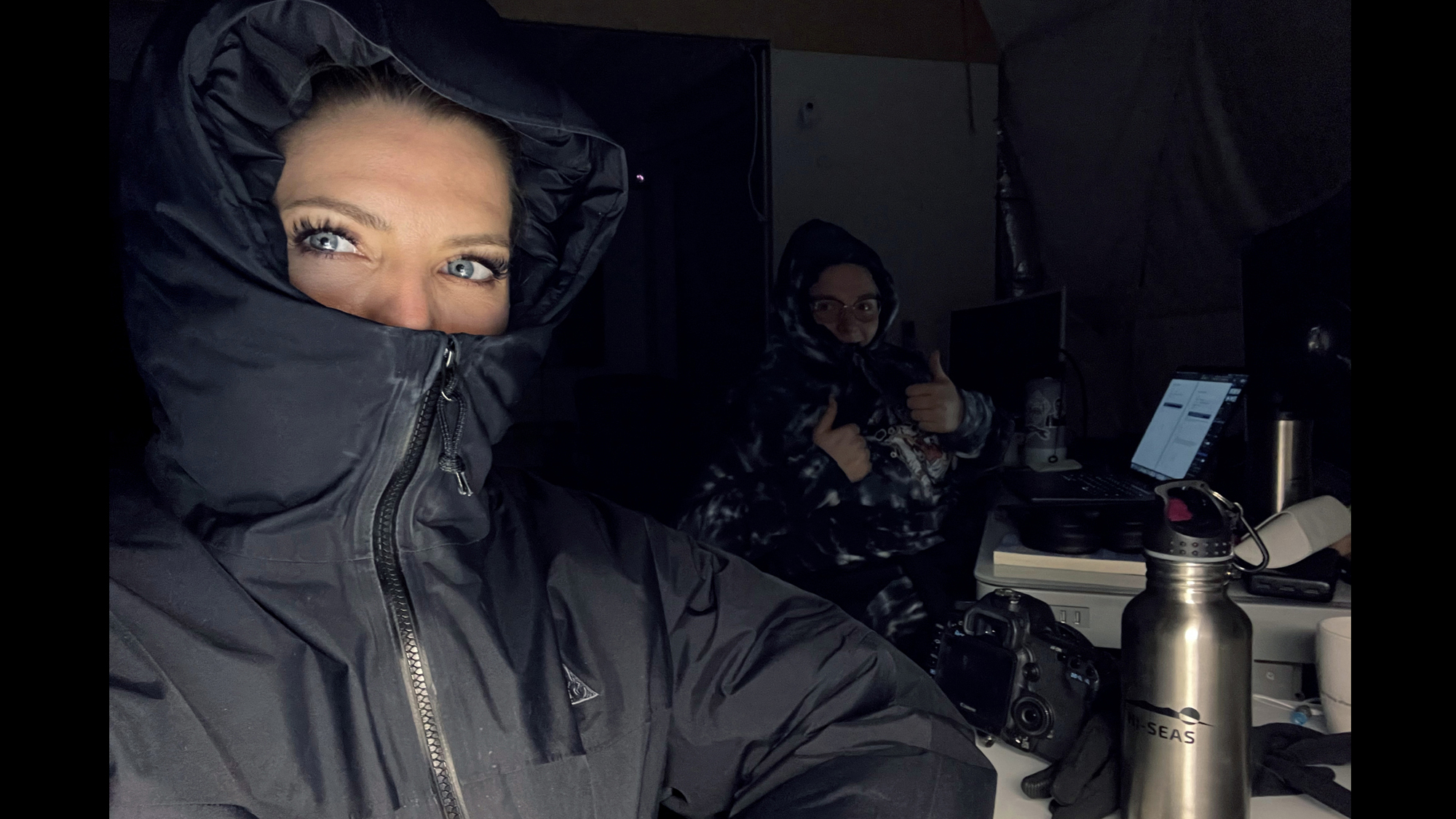
Even though we were all a bit grouchy this morning, we still made an optimistic, warm batch of oatmeal for breakfast. It was meant both to raise our spirits and serve as a dose of hope for better weather later in the day. With hindsight, I now smile at how naïve we were. This massive dust storm outside was not planning to move anytime soon. Not only did the storm ruin our plans to go on the second lava cave Marswalk of this mission today, it also forced us to go into low-power mode.
The habitat runs primarily on solar power, which is stored in batteries inside the habitat. These batteries can't charge fully during bad weather, which means that the crew has to exist on Mars with the power that's left in the batteries until the weather clears. To save power, the crew normally unplugs all devices that aren't absolutely necessary for our survival, and we go into so-called low-power mode. We only keep our heating, CO2 vent and communication systems on in the most difficult situations. Even then, we usually lower our heat down to below 60 degrees Fahrenheit (15 degrees Celsius) if necessary.
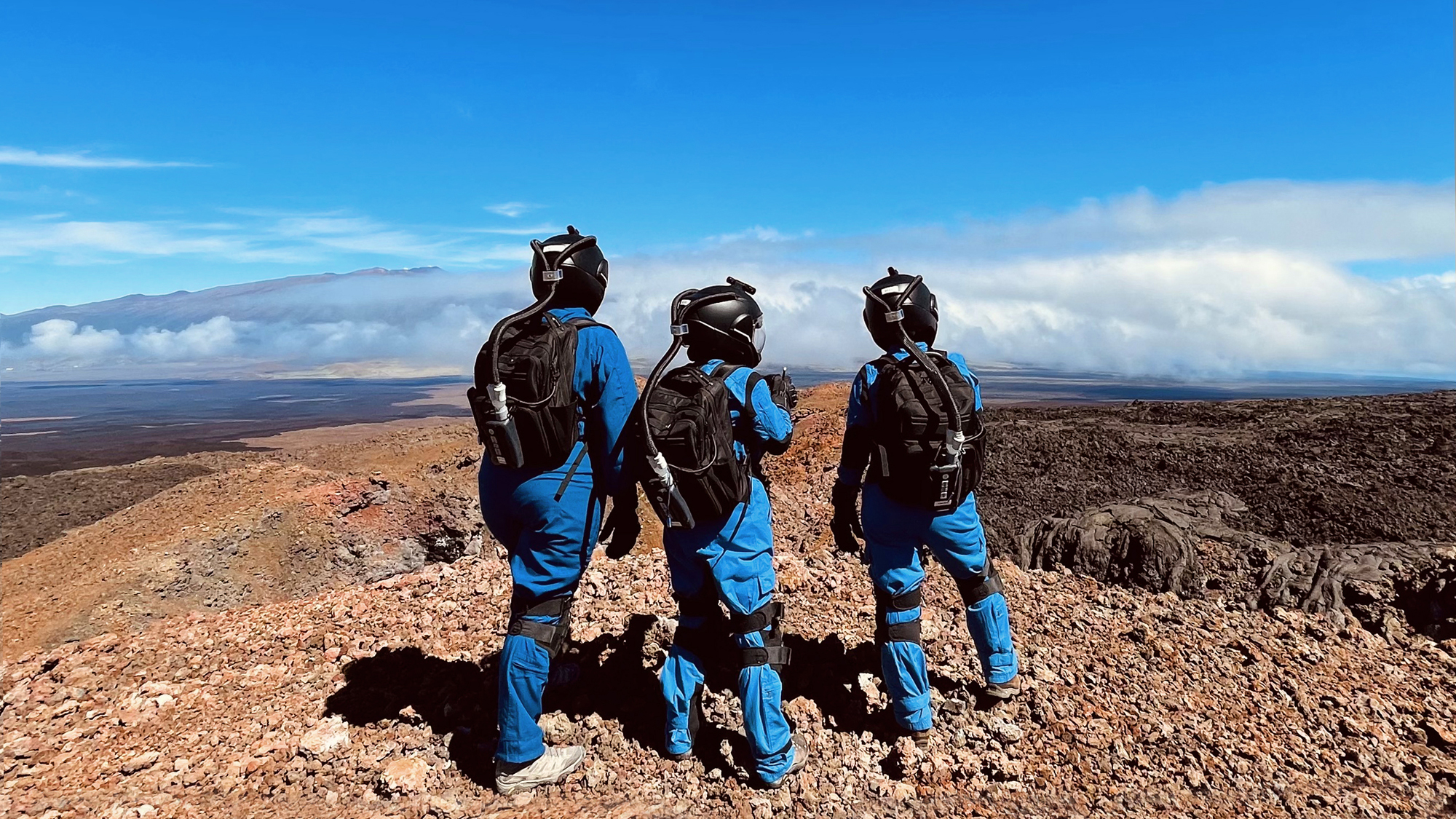
A running joke with previous crews is that we want to have 70% of the full charge in our batteries by 7 p.m., or "70by7" as we analog astronauts say. If our charge is less than 70%, then we have to start going into low-power mode to survive the night. No one wants to wake up to no power, followed by emergency procedures to turn on a backup power supply until the sun will recharge the batteries again. The backup solution is a generator. In the worst-case scenario, we have to go on a Marswalk to turn it on. It is not good for the environment and it is risky to go on a Marswalk in bad weather, so we only resort to that measure if we have no choice.
Sadly, today we only peaked at 40% of maximum battery power, and then our batteries just kept discharging. By lunchtime, we knew that we would have to go into ultra-low-power mode. That essentially means eating only cold food and working in the dark and cold. We were very grateful that Engineering Officer Kevin Pratt baked a big batch of bread the previous day, so we could at least eat that with some cold oatmeal and rehydrated applesauce from breakfast. In the afternoon, the crew decided to compensate for the cold temperatures in the habitat by over-exercising. We definitely bumped up the temperature in the habitat by one whole degree through our workouts!
While we humans could make some sacrifices to survive in low-power mode, other lifeforms on our mission could not do that. I'm talking about the lettuce seedlings that we're attempting to grow in a LettuceGrow hydroponics system at the habitat. To conserve power, we had to turn off its mini greenhouse lighting and water pump systems. Instead, we moved the LettuceGrow "tree" to the window so the plants could get some light, and we had to water the plants manually to keep them alive.
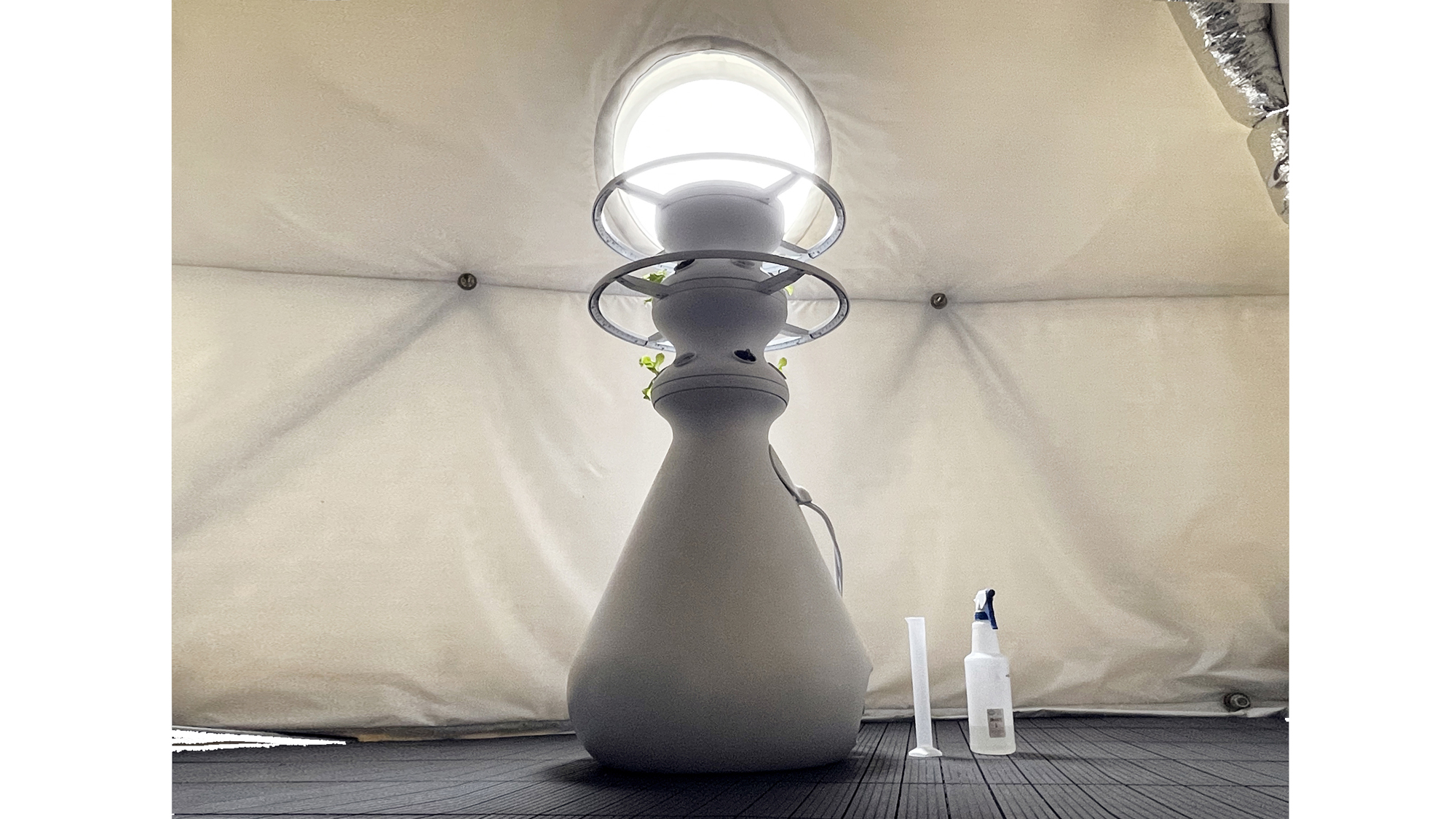
Instead of "70by7", we got to 31% by 7 p.m. today. Clearly, we were not going to last the night with this little power. Kevin and I thus had to go on an emergency Marswalk to our backup generator to turn it on. Engineering Officer Michael Barton assisted us from inside the engineering bay to flip the switch between solar-based energy and the generator. The rest of the crew covered us in plastic bags to save the space suits from being damaged in the storm. They were not made for spacewalks in this kind of weather.
Our efforts were in vain, though. The generator had a malfunctioning battery, so we were not able to start it up. We thus had to message the mission support team on Earth to send us drones from a nearby Martian station for help (aka engineers from the HI-SEAS staff team). While we were waiting for help to come, we made enough soup to last us for two days with our remaining power in case we have a power blackout tomorrow.
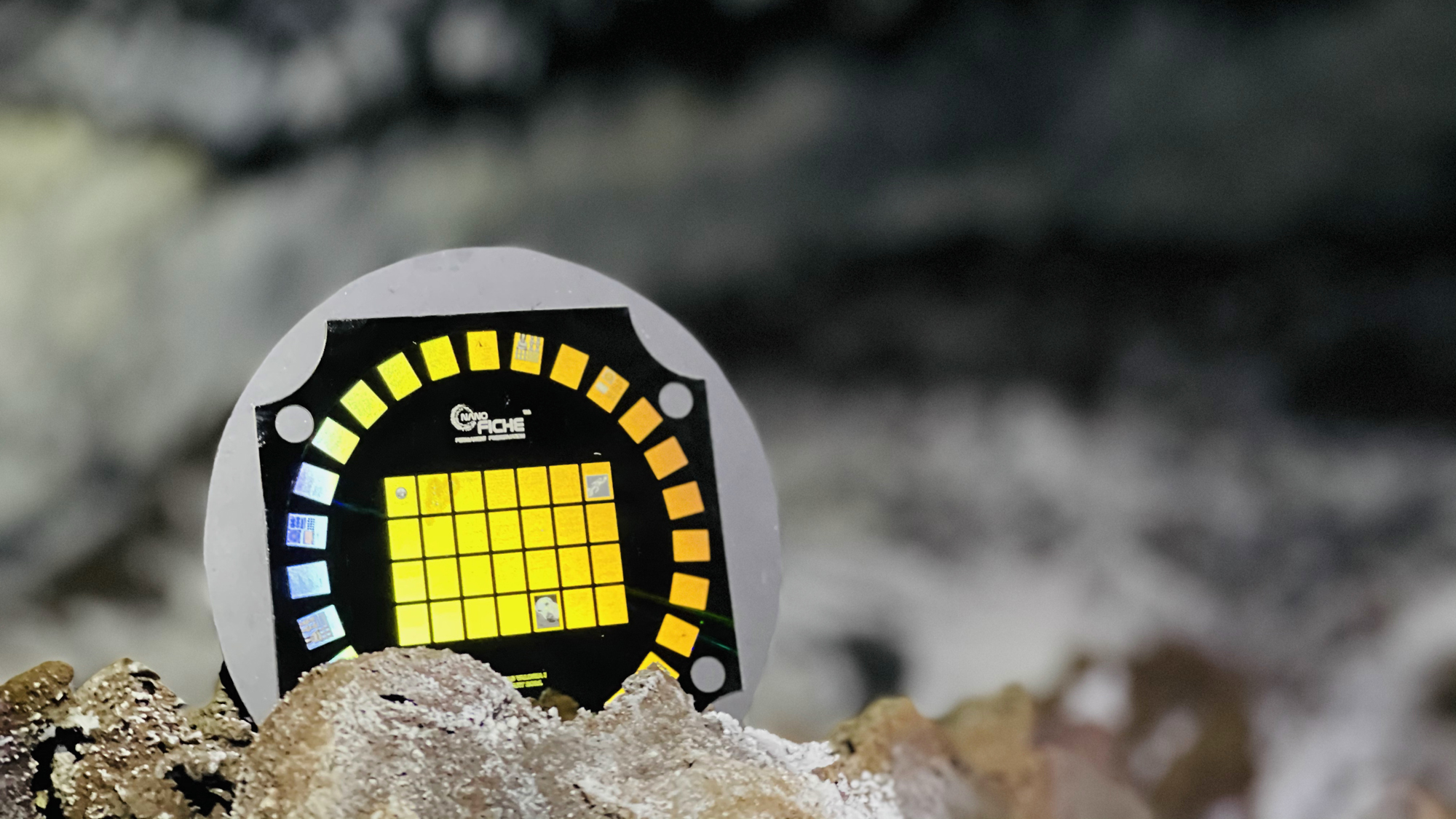
Huddled together, sipping on soup, we reminisced about the first lava cave exploration Marswalk we conducted yesterday. It was our first all-female spacewalk. I continued to train Officers Hillary Coe, MaryLiz Bender and Karin Metzgar in geology and volcanology as we hiked to the Caradhras lava tube system. Lava tubes are lava tunnels and caves that form during volcanic eruptions. Hillary and MaryLiz buried a "Lava Library" time capsule in the lava tube. It is an indestructible Arch Mission Foundation disc containing thoughts from modern-day thinkers and our own crew. Written like a Voyager Golden Record for future beings to uncover, we hope this provides a window into what Earthlings were thinking about just before they leapt off the planet permanently for the first time.
Commander Musilova signing off, hoping we'll make it through the night without a power outage but ready to do what it takes to proceed with our mission on Mars.
Follow Michaela Musilova on Twitter @astro_Michaela. Follow us on Twitter @Spacedotcom and on Facebook.
Join our Space Forums to keep talking space on the latest missions, night sky and more! And if you have a news tip, correction or comment, let us know at: community@space.com.
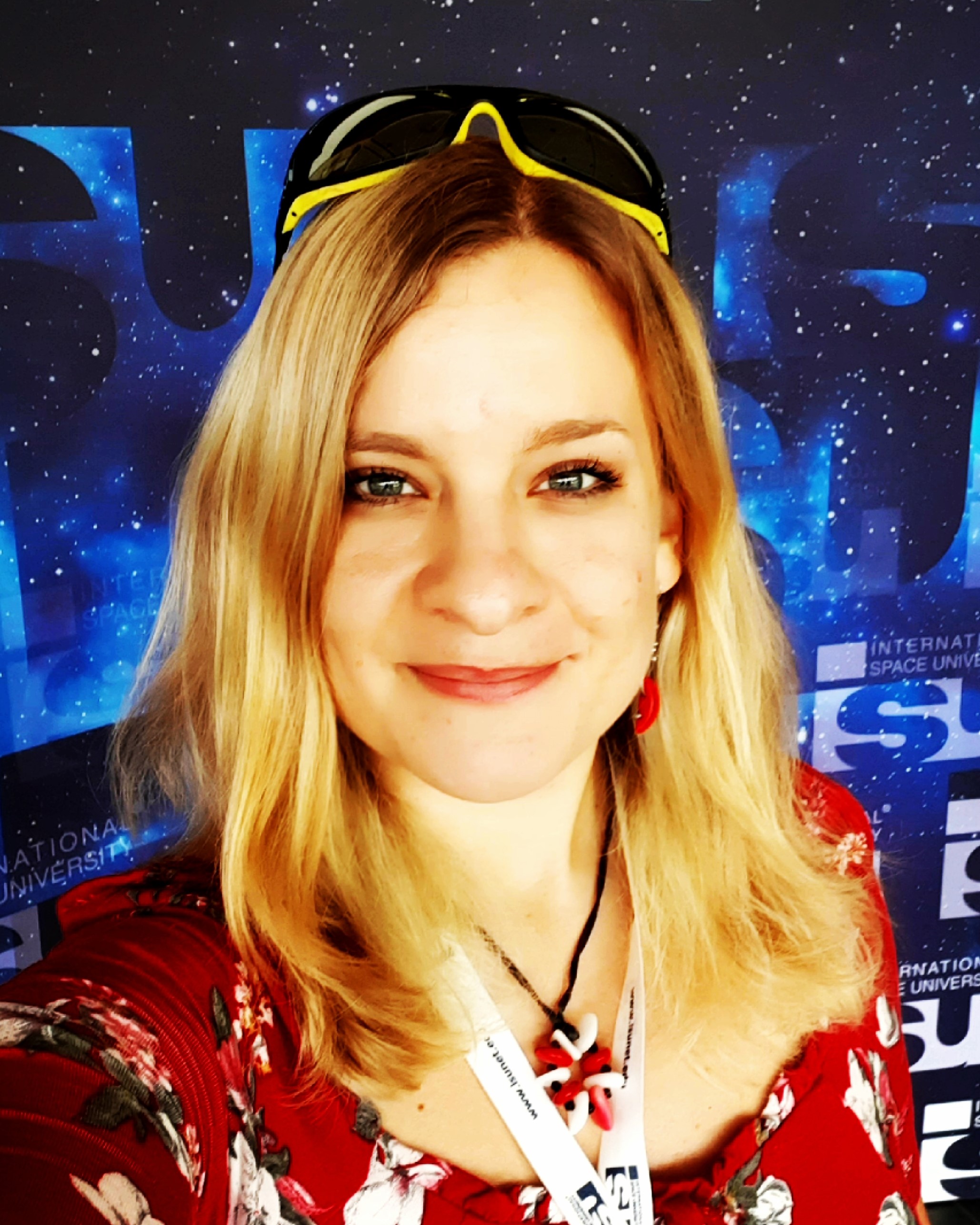
Dr. Michaela Musilova is an astrobiologist with a focus on life in extreme environments. She has a PhD degree from the University of Bristol and is a graduate from the International Space University's (ISU) Space Studies Program. Michaela's space research experience includes working at the NASA Jet Propulsion Laboratory, University of London Observatory, Canada-France-Hawaii Telescope, on NASA's and the U.K. Space Agency's MoonLite project, being an analogue astronaut and Commander of numerous simulated missions to the moon and Mars at the HI-SEAS station in Hawaii, and at the Mars Desert Research Station in Utah. Michaela is currently the Director of HI-SEAS, as part of the International MoonBase Alliance. She is also a visiting Professor at the Slovak University of Technology, Vice-Chair of the Slovak Organisation for Space Activities, Adjunct Faculty at ISU and the Senior Research Adviser for Mission Control Space Services Inc.
She has received numerous prizes and grants, including the Emerging Space Leaders Grant from the International Astronautical Federation (2016) and the Women in Aerospace – Europe Young Professional Award (2016), and she was selected as one of the most promising 30 under 30 by Forbes Slovakia (2015). Michaela is also actively involved in the Duke of Edinburgh's International Award, as a patron of the program in Slovakia and an Emerging Leader Representative for Europe, Mediterranean and Arab states. Furthermore, she enjoys participating in STEAM outreach activities from teaching at schools, giving public presentations, to working with the media and more, as well as encouraging people to pursue their dreams. For instance, she is an Advisory Board Member of the STEM Punks immersive programs for students and teachers.









